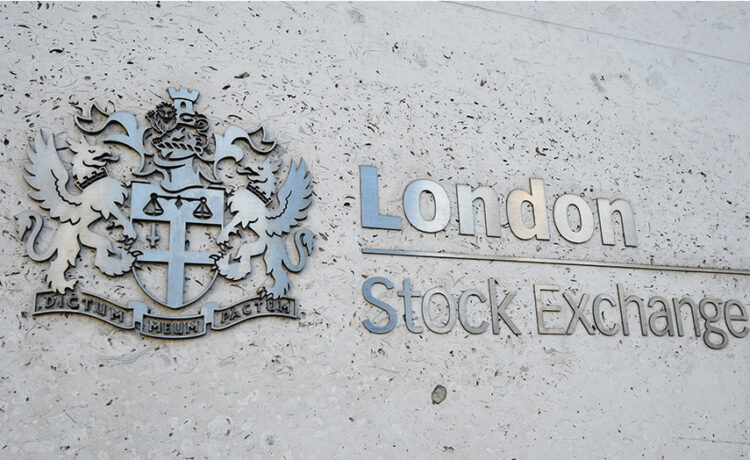Such progress suggests the UK is far from down and out and is at odds with the gloomy economic forecasts that have been so prevalent over recent months.
How the indices match up today
The FTSE 250 Index may have outpaced the FTSE 100 recently, but it still looks attractive on the basis of value and growth indicators.
A slightly lower dividend yield compared with the FTSE 100 is consistent with a younger group of companies. However, both indices display an attractive yield that either matches or exceeds the current UK inflation rate.
| Price to earnings (P/E)1 | Dividend Yield2 | Price-to-Book Ratio3 | 5-year Average Annual Earnings Growth4 | |
|---|---|---|---|---|
| FTSE 250 | 12.1x | 3.4% | 1.2x | 9.2% |
| FTSE 100 | 11.8x | 3.9% | 1.7x | 8.9% |
Favourable comparisons with the FTSE 100 which is, by common consent, significantly inexpensive around current levels, suggest FTSE 250 companies also remain attractively priced.
The FTSE 250 also now trades at a 55% discount to world stock markets5. That’s all the more surprising when you consider around 57% of the revenues of FTSE 250 companies now come from overseas6. While the index is rightly considered to be more of a play on the UK’s domestic economy than the predominantly global FTSE 100, its domestic skew has fallen over recent years.
Why invest in the FTSE 250?
For investors perhaps the key to the FTSE 250 is that it sits in an area of the market where growth tends to be stronger than it is for blue chips, yet the failure rate is less than it might be among smaller companies.
Mid-cap companies have generally emerged from the riskiest parts of their expansions while retaining a growth focus. They are also likely to be more nimble and adaptable than blue chips, a definite plus in a world of rapid technological and social change.
Where next for the UK economy?
Based on preliminary data, fears of a technical recession – two quarters of economic contraction – have proven justified. The economy shrank by a yet-to-be-revised 0.1% in the first quarter of this year after a 0.3% fall in the final three months of last year7.
Revised data could conceivably eradicate a recession from the records, we shall have to wait and see. However, it’s clear the economy is far from being on the edge of a precipice. In its assessment of the economy earlier this month, the OBR forecast growth of 0.8% in 2024 as interest rates fall and real household incomes recover8.
Moreover, inflation continues to head back to the Bank of England’s 2% target at speed. Following February’s 3.4% reading and with energy bills due to be cut in April, the Bank of England’s forecast that inflation will be back around 2% sometime this spring looks increasingly plausible9.
Additionally, the UK may now have a political advantage too. In a year in which around half of the world’s population goes to the polls, Britain’s election seems unlikely to yield a substantive change in economic policy, whatever the electorate decides.
Falling inflation and interest rates plus modest economic growth add up to a positive backdrop for both UK shares and bonds.
The final major piece of the jigsaw will be corporate profits. As a guide, the MSCI United Kingdom Index, which covers approximately 85% of the stock market, currently trades on a forward price/earnings (P/E) of about 10.9 times earnings. That implies corporate earnings growth of around 11% this year10.
Investing in FTSE 250 companies via funds
The FTSE 250 is currently home to many established companies with the potential to deliver further good growth. Examples that frequently feature among the holdings of actively managed UK equity funds include: Games Workshop, easyJet and the instrumentation and software company Spectris. These are all among the top-10 largest constituents of the FTSE 250, along with Polar Capital Technology Trust and Greencoat UK Wind – two of the most bought investment trusts at Fidelity Personal Investing over the past year.
Fidelity’s Select 50 list of favourite funds includes the Vanguard FTSE 250 UCITS ETF, which tracks the FTSE 250 for an ongoing charge of just 0.11%. This fund made it to the list due to Vanguard’s expertise in index tracking, a low ongoing fund charge and the fund’s focus on medium-sized companies, which have produced good long-term investment returns.
Actively managed Select 50 UK growth funds also typically have an allocation to FTSE 250 shares. For example, the Fidelity Special Situations Fund currently holds sizeable positions in Ryanair, MITIE Group and Babcock International11.
Around 22% of the Liontrust UK Growth Fund is currently invested in FTSE 250 shares, examples being the pharmaceuticals group Indivior and Renishaw, an industrial instruments supplier11.
| (%) As at 29 Feb |
2019-2020 | 2020-2021 | 2021-2022 | 2022-2023 | 2023-2024 |
|---|---|---|---|---|---|
| FTSE 250 | 3.8 | 10.2 | 2.9 | -2.8 | -0.9 |
| FTSE 100 | -2.7 | 1.4 | 19.2 | 9.6 | 0.8 |
Past performance is not a reliable indicator of future returns
Source: Refinitiv, 29.2.19 to 28.2.24.
Source:
1 Bloomberg, 20.03.24
2 London Stock Exchange, 20.03.24
3 Vanguard, 20.03.24
4 Vanguard, 20.03.24
5 iShares, 20.03.24
6 FTSE Russell, 18.10.22
7 ONS, 15.02.24
8 OBR, 06.03.24
9 ONS, 20.03.24
10 MSCI, 29.02.24
11 Liontrust, 29.02.24













